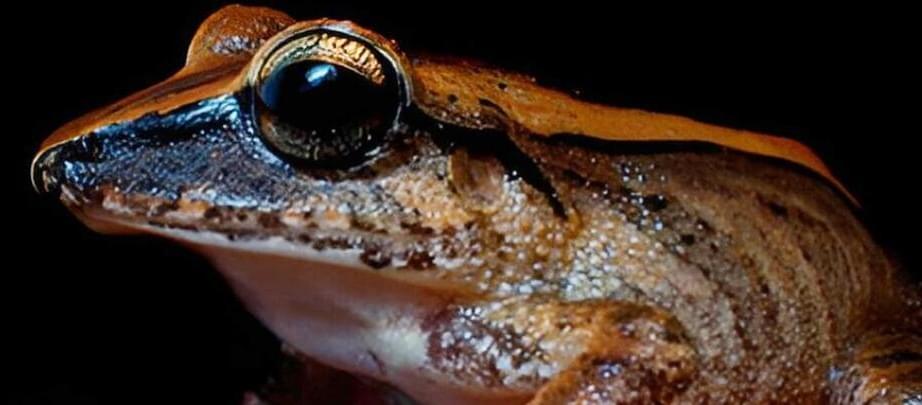Now impacting All Life on Earth.
It’s not the first study on microplastics in Antarctica that researchers from the University of Basel and the Alfred-Wegener Institute (AWI) have conducted. However, data analysis from a spring 2021 expedition reveals that environmental pollution from these tiny plastic particles is a bigger problem in the remote Weddell Sea than was previously known.
The total of 17 seawater samples all indicated higher concentrations of microplastics than in previous studies. “The reason for this is the type of sampling we conducted,” says Clara Leistenschneider, doctoral candidate in the Department of Environmental Sciences at the University of Basel and lead author of the study.
The current study focused on particles measuring between 11 and 500 micrometers in size. The researchers collected them by pumping water into tanks, filtering it, and then analyzing it using infrared spectroscopy. Previous studies in the region had mostly collected microplastic particles out of the ocean using fine nets with a mesh size of around 300 micrometers. Smaller particles would simply pass through these plankton nets.









